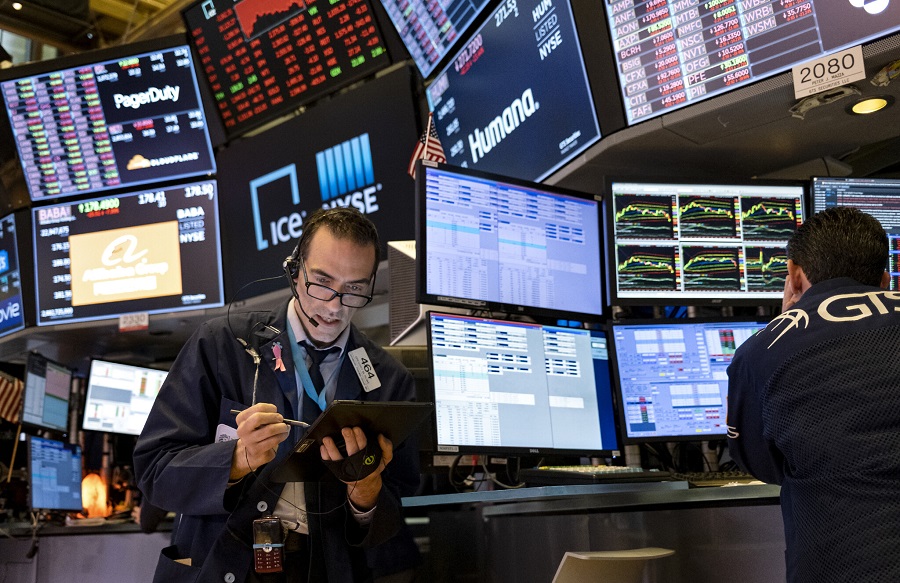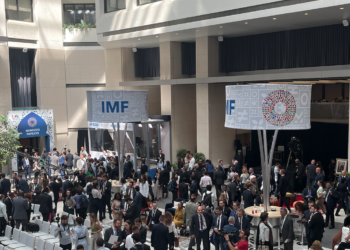The rise is spectacular; the NASDAQ 100’s market cap is about $13.5 trillion, the S&P 500 Index is about $28.8 trillion, while the US Gross Domestic Product (GDP) is about $19.4 trillion. What is going on?
The stock market is a market, and in every market, a willing buyer and a willing seller meet, negotiate, discover prices through bargaining and conclude a sale. Where there is oversupply, the buyer has the advantage and can bid down prices. Where supply is limited, the seller holds the advantage and can bid up prices. So, the market enables price discovery, and prices are based on interplay of supply and demand.
READ: Apple, Tesla share prices drop massively from record highs
What drives supply and demand? Earning expectations of the companies trading their equity on the stock market. The stock market reflects expectations of future earnings. This means that if an investor believes that earnings, specifically future earnings of a company, are going up, the value of the company is going up. This, the investor believes, translates to a rise in the prices of individual stocks of the company and/or an increase in the returns the company will pay to the holders of equity in the company by way of dividend.
This expectation drives the investor to seek to participate in the equity of the company by buying shares, thus creating a demand for more shares. On the flip side, if the investors believe that the company’s fortunes by way of earnings are falling, then the investor seeks to exit being an equity participant in the company by selling his shares, which creates supply.
READ: Airtel speaks on its readiness for 5G technology in Nigeria
However, the expectations of investors in the market are also relative to other asset classes. This means the investors have other options to invest their money. If equities as an asset class return a risk-adjusted return of 5%, and bonds are returning 9%, the investor has the option of taking his capital away from volatility and investing in “safe” bonds. The point is capital is mobile and goes to where it finds yield. So, if the yield on other assets is lower than the yields on equities, then the investor will keep his money in “risk” assets i.e., equities. This is key; when investing, the investor is taking a holistic view of the market, comparing options and looking for the most risk-adjusted asset class with the highest return.
Having that background, why does the US stock market record profits even when earnings are weak?
READ: Bulls boost global financial markets as gold hits 7-year high
First, tax cuts. The US saw corporate marginal taxes cut from 35% to 21% and allowed American firms immediately and fully deduct the cost of new capital investment, allowing them to invest more in CAPEX and hopefully boost earnings in the future. The tax cuts provide US companies with an incredibly soft landing and prepare them to reinvest in productivity post-COVID-19. Investors are making a bet that post-COVID-19, forward earning will reflect these new CAPAX investments.
Second, the US Federal Reserve (The Fed) has embarked on a massive stimulus program to prop up the US financial system; this has translated to the Fed buying bonds, blue-chip and even junk bonds and keeping the interest rates at essentially zero. The practical translation of this is that yields on “risk-free” 10-year treasuries have crashed to about 0.65%. The yield is paltry when compared to the earnings yield of about 3.7% on the S&P 500. The Fed is expected in the coming week to announce its new monetary policy which will keep short term interest rates at near zero for five years or even more, and would not change this policy even if inflation in the US were to go above the 2% target.
Taking these policies together, the US investment picture looks noticeably clear, fixed income will yield next to nothing for the next 5 years, and earnings yield on equities is sufficient to post a real return. The investing community is taking a position today to benefit from equity yields.
That simple.























